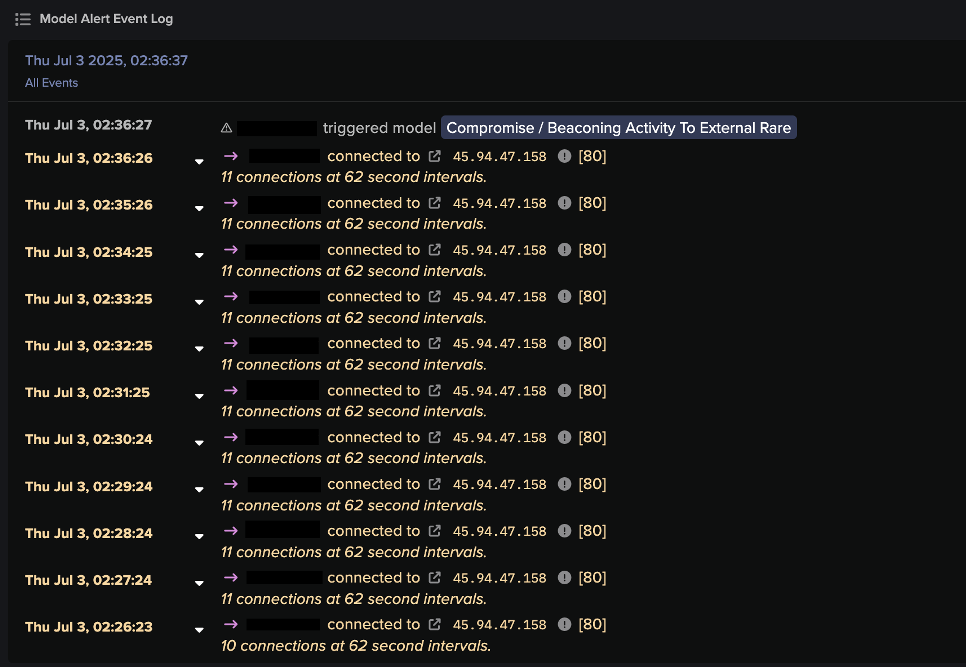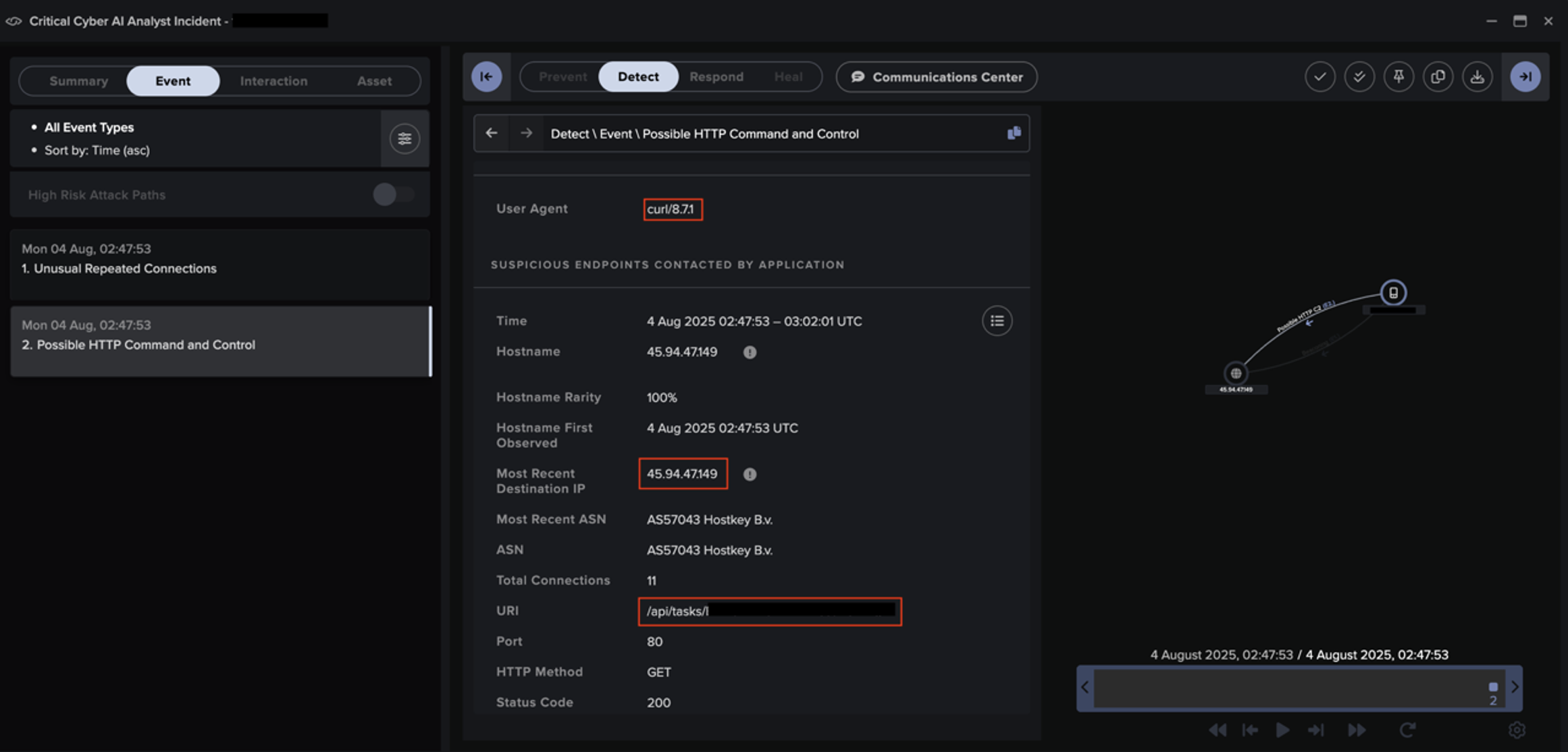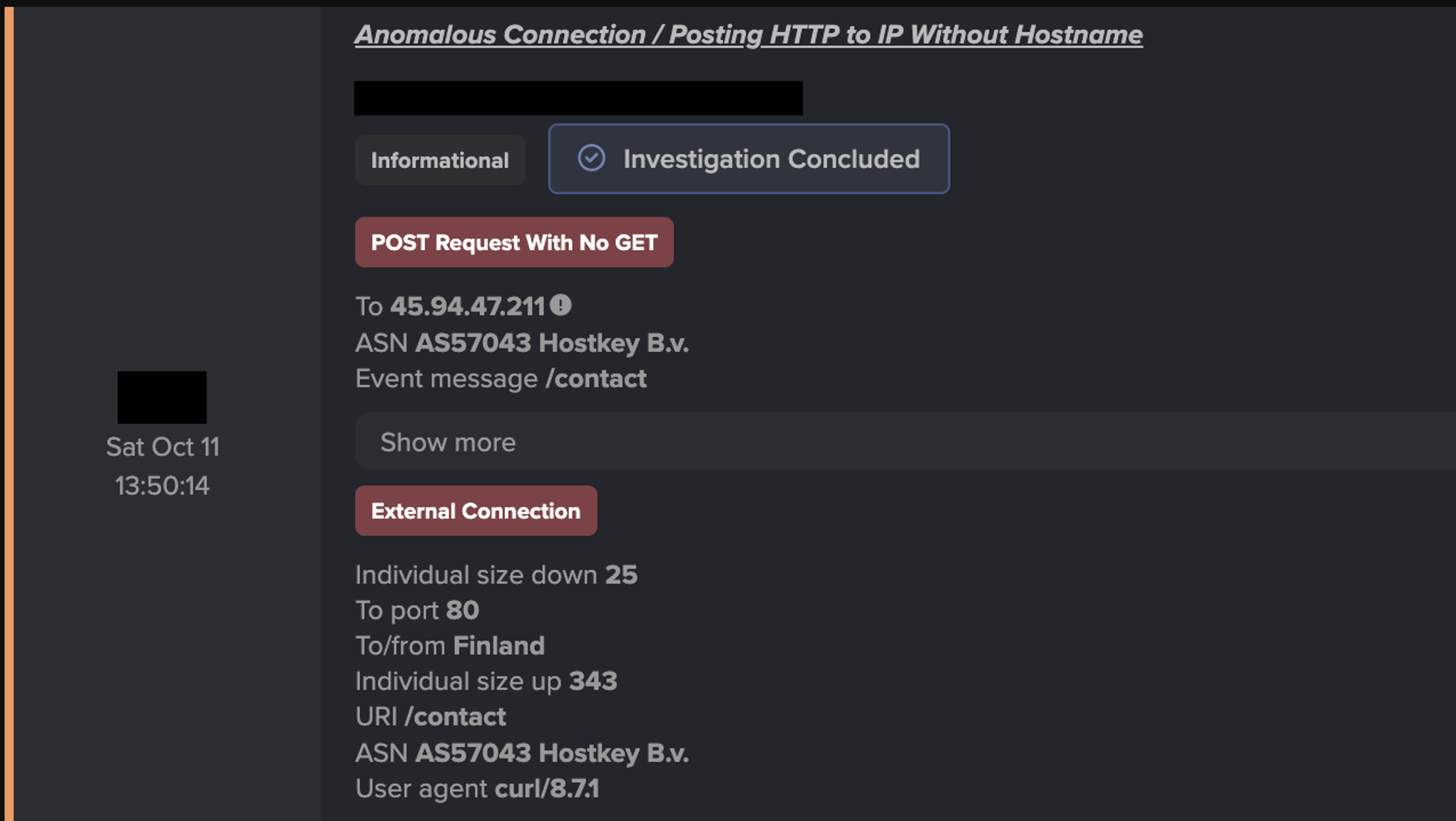The 2014 Sony hack changed everything. Bunim/Murray, like other entertainment companies, woke up to the new threats targeting our sector – jumpstarting our journey to improve security.
Bunim/Murray is the production company behind a whole host of reality television shows and is well-known for several hit series such as The Real World (MTV), Road Rules (MTV), The Simple Life (E!), Family or Fiancé (OWN), and Starting Over (syndicated). Bunim/Murray Productions infuses its finely-tuned sense of dramatic story structure to turn the ordinary tales of real people into extraordinary television programming and filmed entertainment. When landing as the CTO at Bunim/Murray, protecting our business was – and still is – a fundamental part of the job. With strong support from the CEO and CFO, I embarked on the journey to bolster cyber defense for our organization.
Bunim/Murray has some unique challenges in security: we onboard and offboard many employees, especially in production. We have a lot of BYOD (‘Bring Your Own Device’) users. Our IT staff is lean, and we don’t want to spend a lot of time and money on security resources or services. Instead, we want to focus on improving business processes – preparing our organization to launch capabilities to remain competitive in an industry undergoing transformation.
So, in searching for security tools, we were looking for technologies with the following criteria:
- User-friendly
- Able to continously identify and respond to the latest threats
- Efficient with IT resources – low on false positives and alerts
- Cost effective
After being called by Darktrace, I invited the team over to see if it made sense for them to participate in a bake-off with other tools we were assessing. At our meeting, the team at Darktrace spoke to me about the AI and machine learning capabilities, its roots in MI5 cyber operations, how it would fit into our ecosystem, and the product roadmap. Traditionally, I’m not one to be easily impressed by words – so I asked to try it out within our own organization. Within a week, we had the technology installed and up and running in our data center.
Darktrace’s Enterprise Immune System technology immediately began to baseline the dynamic ‘pattern of life’ for our business. It was the first time we had seen all the devices on our network, and we were able to drill down into all of the activity on our environment. But, even more impressive, Darktrace’s AI instantly got to work in the background, alerting us when we needed to investigate an in-progress security event in real time. Not only were we impressed with the machine learning capabilities, we were impressed with the level of support and security expertise Darktrace provided – and continues to provide our business. I canceled the bake-off and bought the system.
As we moved forward on our journey, our highest vulnerability became phishing. We subscribed to a company to train our workforce and got excellent results. We then turned on Microsoft Advanced ATP to help filter spam and phishing emails. And when I learned that Darktrace was pioneering a new approach to neutralize phishing attacks, I got on board early.
Using AI to tackle phishing head on
We were one of the first adopters of Antigena Email, and the first release surprised us. Within days, Antigena Email cut down phishing emails like no other tool I had ever seen before in my career. Using AI, Antigena Email learns all of our users’ activity patterns – how they interact and communicate both internally and externally. It creates a comprehensive and evolving understanding of what’s ‘normal’ for all of our users, and from there, identifies significant anomalies indicative of a vulnerability or threat. Once the threat is detected, Antigena Email contains the attack before it can cause damage.
Incredibly, once we started using Antigena Email, we no longer needed to spend time and money training our users on phishing awareness because we simply weren’t seeing phishing emails anymore – Antigena Email was blocking them before they ever reached the user.
We turned off our Microsoft ATP and instead used Darktrace’s plug-in to Office 365 and the Dropbox monitoring feature. These features turned out to be essential as we increased our remote workforce due to COVID-19.
Antigena Email in action: Neutralizing COVID-19 phishing campaigns
We have all seen the hundreds of thousands of COVID-19-related domains that have been created by cyber-attackers looking to launch novel phishing campaigns. By exploiting the emotional vulnerability of the situation, these attackers craft messages that are so convincing to users that they click on these malicious links. It is our unfortunate reality that threat-actors use these types of events to prey on the collective attention of the population.
As I’m sure countless other organizations have also experienced, Bunim/Murray has not been immune to these types of attacks. In fact, just last week, Antigena Email caught several phishing emails purporting to deliver corporate COVID-19 updates. These emails bore a spoofed Bunim/Murray domain, with the subject line ‘COVID-19 Update 7.4.2020’. Fortunately, due to Antigena Email’s granular analysis of what’s normal for our corporate email communication, it was able to detect this spoofed domain and block the emails from ever reaching any of the target users.
It’s exactly this type of situation that demonstrates the power of Antigena Email. Had these emails reached the user, we might have been in a situation where one of our well-intentioned employees clicked on the malicious link in an attempt to get accurate, up-to-date information – not recognizing that it would introduce malware into our environment. But with Antigena Email, we don’t have to worry about our end user behavior because the AI neutralizes it before it even gets to that point.
Technology that evolves as we do
What threats will be coming after COVID-19? I am not sure. But, I am confident that Darktrace’s AI will be on it. With its ability to ingest new and evolving information from its customer base, coupled with its top-notch security resources, we know that Darktrace will be able to continue to monitor, alert, and respond to new threats – even if those threats have never been seen before.











































![Autonomous Response’s suggested actions to block suspicious connectivity to IP 45.94.47[.]149 for the device within the second customer environment.](https://cdn.prod.website-files.com/626ff4d25aca2edf4325ff97/6931e3cb1ddc36af8205720b_Screenshot%202025-12-04%20at%2011.40.54%E2%80%AFAM.png)

![Cyber AI Analyst investigation finding a successful POST request to 45.94.47[.]144 for the device within the third customer environment.](https://cdn.prod.website-files.com/626ff4d25aca2edf4325ff97/6931e41d22eb7e9a3e8217d5_Screenshot%202025-12-04%20at%2011.42.15%E2%80%AFAM.png)

